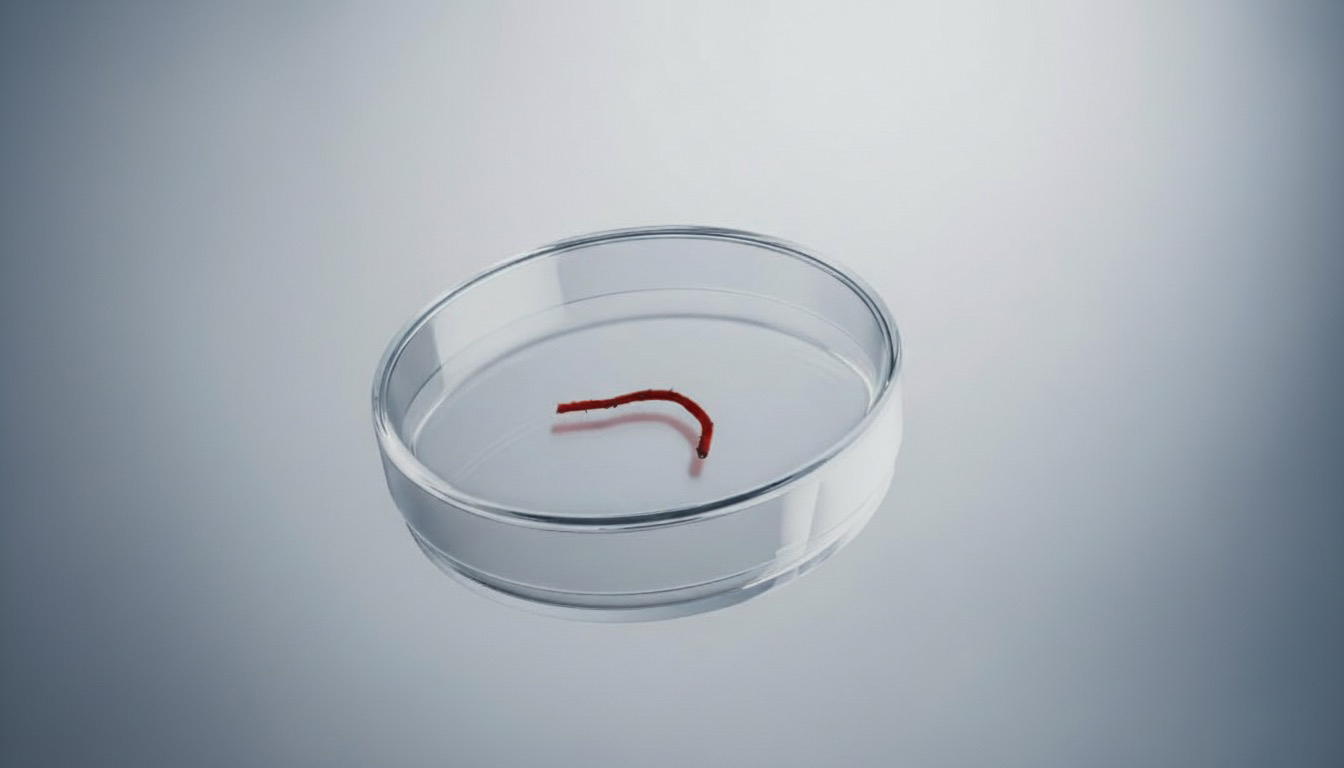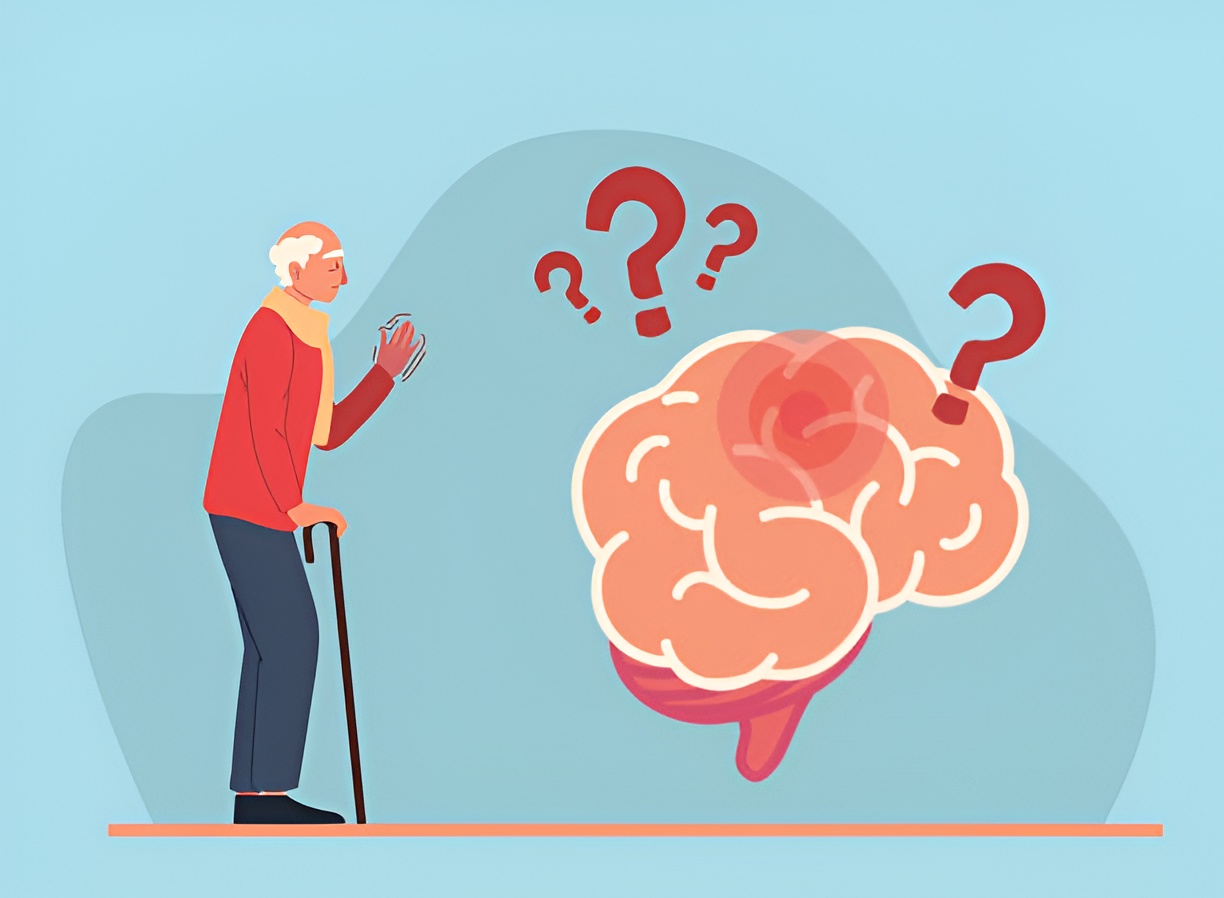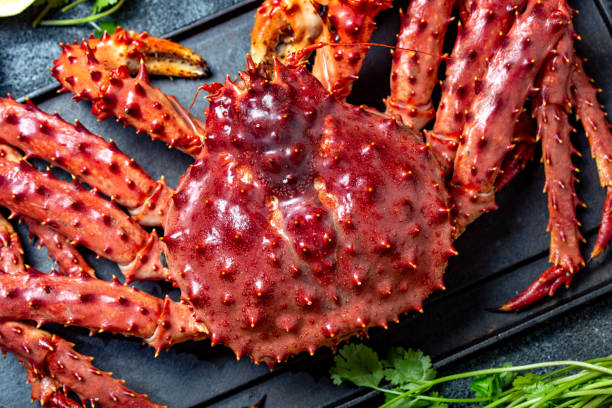English
繁體中文
简体中文

Don’t mistakenly regard this tiny wriggler as a blood worm – it is a revolutionary microrobot, crafted from a patient’s own blood cells and finer than a human hair, designed to navigate through the brain’s complex neural labyrinth with astonishing precision. Far from a sci-fi creature, CUHK’s innovative microrobots don’t just move – they slither, swim and crawl under magnetic control, hunting down cancer cells like guided missiles. Remotely steered by external magnetic fields, they deliver targeted therapy to brain tumours once considered untreatable, offering new hope where conventional methods fall short.

Internet-connected smart systems are everywhere – from autonomous cars to home assistants – and they’re only getting smarter. However, as edge devices process more data locally, they become prime targets for hackers, especially in the age of AI-powered attacks. A new technology developed at CUHK promises to solve that problem – by exploiting the unique physical properties of carbon nanotubes to make physically unique devices that can be reprogrammed in trillions of different ways, making hacking feel like trying to pick a lock that reshapes itself every time you touch it.

CUHK researchers have unveiled the world’s first AI-powered surgical robot that works like a true “third hand” in the operating room. Using a cutting-edge embodied intelligence platform, the robot doesn’t just follow instructions. It understands its surroundings, adapts in real time, and performs multiple surgical tasks without extra sensors. This breakthrough, proven in live animal trials, is transforming science fiction into surgical reality, where AI unites with human expertise for safer, faster surgeries worldwide.

CUHK has been consistently recognised with prestigious awards in the fields of innovation, academia, and the arts. As the Shenzhen-Hong Kong-Guangzhou cluster named the world’s top innovation cluster, alongside CUHK’s bumper crop of gongs at a leading innovation competition. It has also achieved outstanding results in two majors benchmark global university rankings, while Music faculty member Ms Vivian Ip has recorded a history-making competition win.

Pipelines are present everywhere in our daily lives – from residential plumbing and oil tanks to power plants and railway systems. Ensuring their safety is essential to prevent leaks and accidents, protect the environment, and ensure reliable delivery of vital resources. CUHK scientists are pushing the boundaries of energy innovation with smart laser sensing and AI-driven gas detection. Their breakthrough technology promises safer, smarter monitoring of oil, natural gas and hydrogen pipelines. With large-scale trials across Hong Kong and mainland China, this project fuels the city’s re-industrialisation and energy ambitions, positioning CUHK at the forefront of sustainable tech and next-generation manufacturing.

For decades, a Parkinson’s diagnosis meant accepting inevitable decline – trembling hands, shuffling steps, and lost independence. This merciless disease has stalked millions, with no cure in sight. But recently, CUHK scientists have developed a single-shot gene therapy that can stop Parkinson's in its tracks. Their microscopic weapon infiltrates the brain, stopping rogue proteins from forming deadly clusters that trigger neurodegeneration. The research offers tangible hope to transform an unstoppable disease into a manageable one.

Millions around the world avoid shellfish out of fear of allergic reactions, yet many may be dodging delicious meals unnecessarily. Now, CUHK researchers just unmasked 11 crab allergens—eight of them never seen before—and a king-crab-exclusive protein that appears to sensitise 41% of patients. Their molecular tests aim to promote accurate diagnosis of allergies, paving the way for safer enjoyment of seafood.

CUHK’s achievements are on the rise! Vice-Chancellor and President Professor Dennis Lo Yuk-ming and Dean of CU Medicine Professor Philip Chiu Wai-yan have received a prestigious honour: election to that most select group, foreign members of the leading academic body, the Academia Europaea. Students Yiu Kwan-to and Adam Mak Sai-ting won a gold medal in men’s doubles table tennis and a silver medal in the 200m breaststroke, respectively, at the FISU World University Games Summer. And the University continues to soar in global rankings: its latest scoop is an impressive 32nd place in the QS World University Rankings 2026, its highest ever.